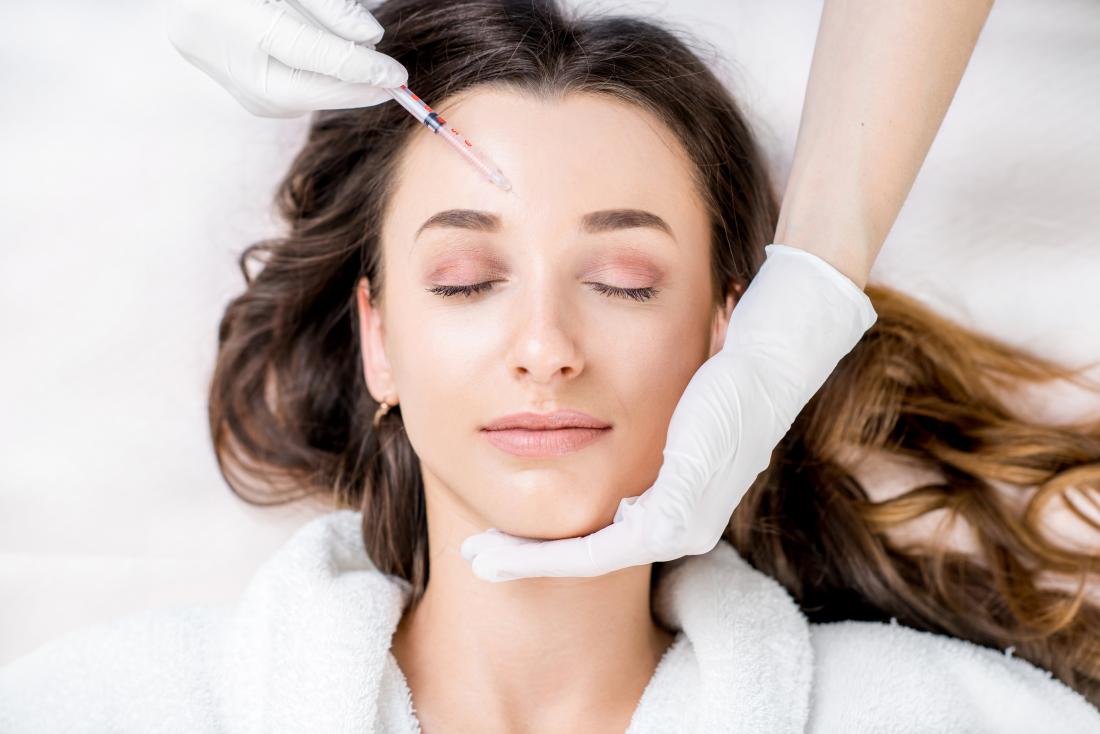With the proliferation of plastic surgery mishaps and misleading information circulating on social media, many individuals have developed apprehensions towards dermal fillers and aesthetic medicine. In this article, we aim to dispel common myths and provide you with accurate information about beauty injections.
- Myth: Hyaluronic Acid Fillers are Harmful to the Eye Area Correction of the complex nasolacrimal sulcus necessitates the expertise of a highly qualified cosmetologist and the use of appropriate products. Hyaluronic acid, a substance naturally present in the body, is commonly employed for this purpose.
A comprehensive assessment by the specialist is crucial, taking into account various factors such as anatomical features, chronic diseases, metabolic disorders, and the patient’s propensity for edema. The procedure should only proceed after an individual consultation confirms the absence of contraindications.
In a reputable clinic under the supervision of an experienced specialist, this manipulation does not pose a danger to the delicate eye area and gives positive results. The cosmetologist selects the best product and chooses a good brand in order to effectively treat problem areas of the skin, gives recommendations on the rehabilitation period and appoints a follow-up examination in 10-14 days.
- Myth: Hyaluronic Acid Fillers Create an Unnatural Appearance When performed by an experienced specialist and using the appropriate filler, the procedure enhances facial contours and leaves you pleased with your reflection. It is crucial to be discerning in your choice of a doctor. Only cosmetologists with higher education are authorized to perform contour plastics, and it is advisable to review their portfolio of work.
The outcome largely depends on how well you adhere to the post-procedure recommendations. For instance, after lip contouring, it is essential to avoid biting, squeezing, or massaging the lips independently for 3-4 days. Neglecting these guidelines may hinder the desired result. Find a reputable specialist and follow their recommendations to ensure your satisfaction with the outcome.
- Myth: Hyaluronic Acid Fillers Can Only Be Completely Dissolved If you are dissatisfied with the results after the procedure, you always have the option to partially or completely remove the filler using enzymes, such as lidase or longidase. Numerous professionals employ enzymes at varying concentrations to dissolve superficial irregularities that may occur after contouring or to address other defects. Modern cosmetology offers a wide range of possibilities, so it is crucial to trust a qualified specialist.
Nuances of Filler Application The optimal and skilled administration of fillers primarily involves working with the ligamentous structure of the face, specifically the middle third. For instance, when correcting cheekbones, dense fillers based on calcium hydroxyapatite or hyaluronic acid are used, ensuring placement on the bone.
The filler can be introduced using either a needle or a cannula. When correctly injected, the filler serves as support, extending from the bone and providing a foundation for the surrounding tissues. This approach achieves a natural and refreshed appearance.
A common mistake made by cosmetologists is administering the filler superficially, targeting the upper layers of the skin. This can make facial features appear heavier, less mobile, and less defined. However, it is crucial to understand that the professionalism of the specialist determines the outcome in this scenario.
During your initial consultation with a beautician, inquire about the specific zones where the filler will be injected and the chosen product. The density of the filler depends on the targeted area. For instance, resilient and less pliable hyaluronic acid fillers are recommended for cheekbone or chin augmentation, while more fluid and malleable preparations are preferred for wrinkle correction in the lip area. Additionally, the volume of filler should be administered judiciously, following the principle of precision rather than excessive application. If necessary, you can schedule additional appointments for further adjustments, as overdoing it should be avoided (especially in the lacrimal and nasolacrimal grooves or the border between the cheek and infraorbital region).



